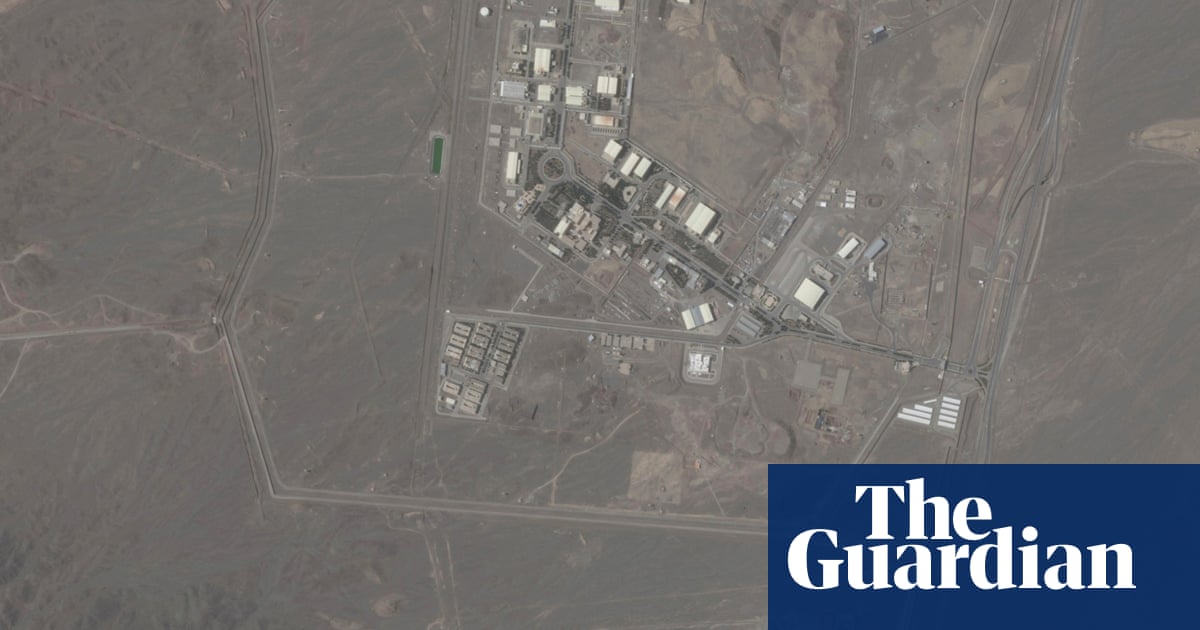Australian researchers have developed a prototype methanol “breathalyser” capable of detecting small concentrations of the toxic substance in alcoholic drinks or on someone’s breath.
Methanol poisoning is a problem that affects thousands of people every year, killing 20-40% of victims, according to Doctors Without Borders. In November, Australian backpackers Holly Bowles and Bianca Jones, along with British lawyer Simone White, were among six tourists to die in a suspected mass methanol poisoning in Laos.
Methanol, an industrial alcohol, looks and smells similar to the regular alcohol found in beer, wine and spirits. But when found in alcoholic drinks – usually as a result of bootleg alcohol production – methanol can be deadly. Consuming even small amounts can lead to blindness, convulsions and death.
Yet current methods for detecting the presence of methanol remain complex and expensive, and unsuitable for travellers.

University of Adelaide researchers have developed a wireless methanol sensor – roughly a centimetre squared – capable of reliably detecting methanol at concentrations as low as 50 parts per billion (below the level of poisoning) in vapour from alcoholic drinks or on someone’s breath.
“Our sensor will show that you can detect very low concentrations of methanol in a very simple way,” said co-author Prof Dusan Losic, from the University of Adelaide’s school of chemical engineering, who researches the use of nanotechnologies to address global problems in health, energy and the environment.
The approach, described in the American Chemical Society journal Sensors, combined graphene – a highly sensitive and conductive substance – with a porous material called a metal organic framework, which detected methanol based on its size. These were 3D printed like ink on to ceramic to create the sensor.
The device is currently a prototype and not yet commercialised, Losic said, however the materials involved are low cost and the process is “scalable”.
“There is a pressing need for affordable, portable devices capable of quickly identifying methanol presence in breath samples and alcoholic products, suitable for use by healthcare providers or the public,” the researchers write in the article.
Current methods for detecting methanol are not readily available in regions where most poisoning incidents are reported.
One common approach, called gas chromatography-mass spectrometry, relied on specialised equipment and expertise, said Prof Ian Rae, from the University of Melbourne’s school of chemistry who was not involved in the research. This relied on vaporising and sorting molecules based on their size and chemical properties.
The sensor offered another approach to separating the two types of alcohol, with the metal organic frameworks acting like a “molecular trap” designed to catch methanol, he said.
Methanol poisoning was a major problem for local populations in places such as the Mediterranean and south-east Asia, as well as travellers to those places, said Dr Ian Musgrave, a pharmacologist and toxicologist at the University of Adelaide who was not involved in the research.
“The issue is that a lot of the methods for detecting methanol are not really available in these places, when the gold standard is using gas chromatography.”
There were chemical methods available too, Musgrave said, and these were often used by home brewers. “But, if you’re drinking in a bar in Laos, you don’t want to pull out a jar of sulfuric acid in order to determine if your drink has methanol in it,” he said.
A simple, rapid, portable device that could distinguish methanol from regular alcohol (ethanol) and other contaminants, would greatly assist in avoiding and treating poisonings, he said.

 1 day ago
9
1 day ago
9

















































